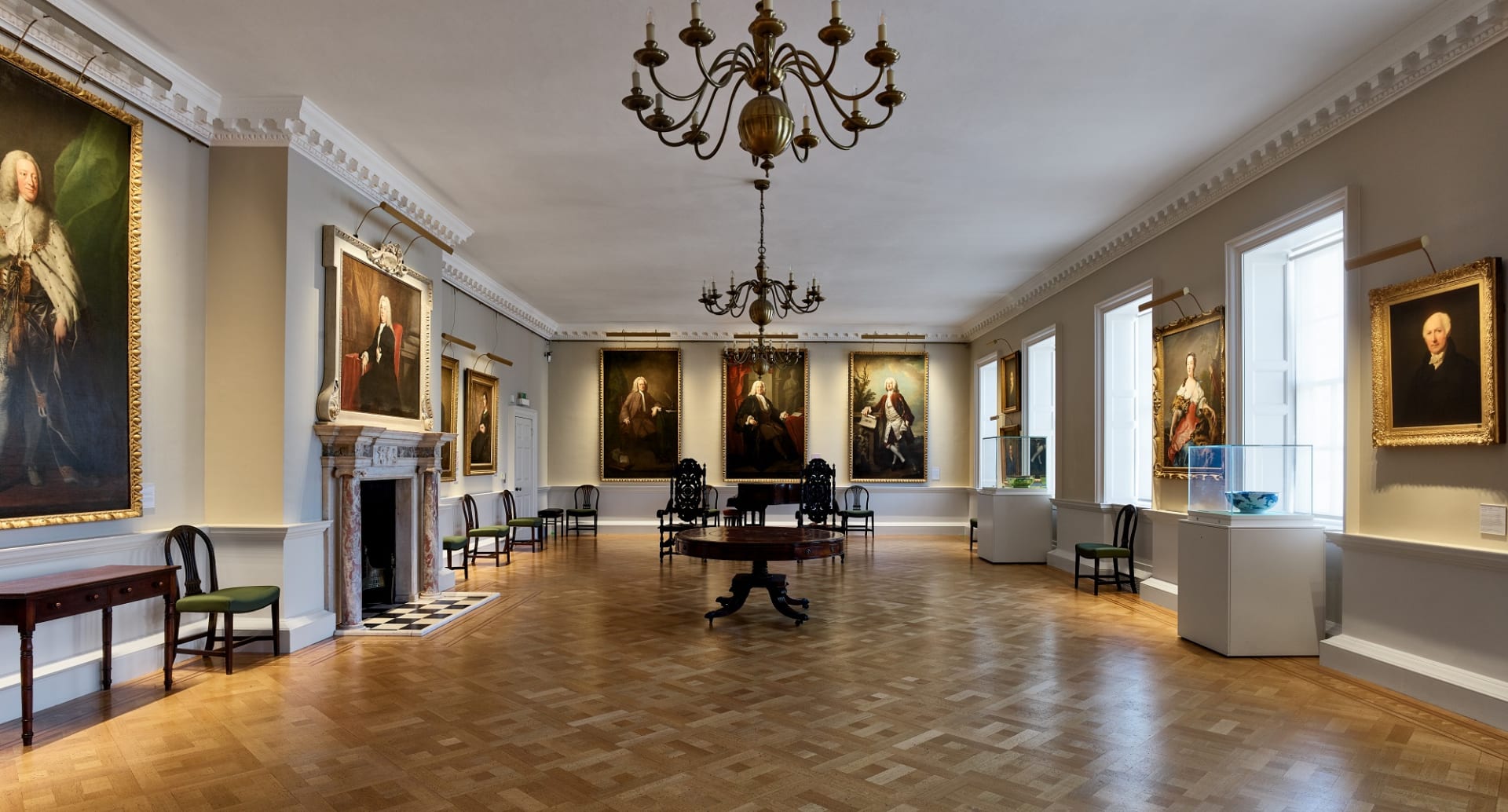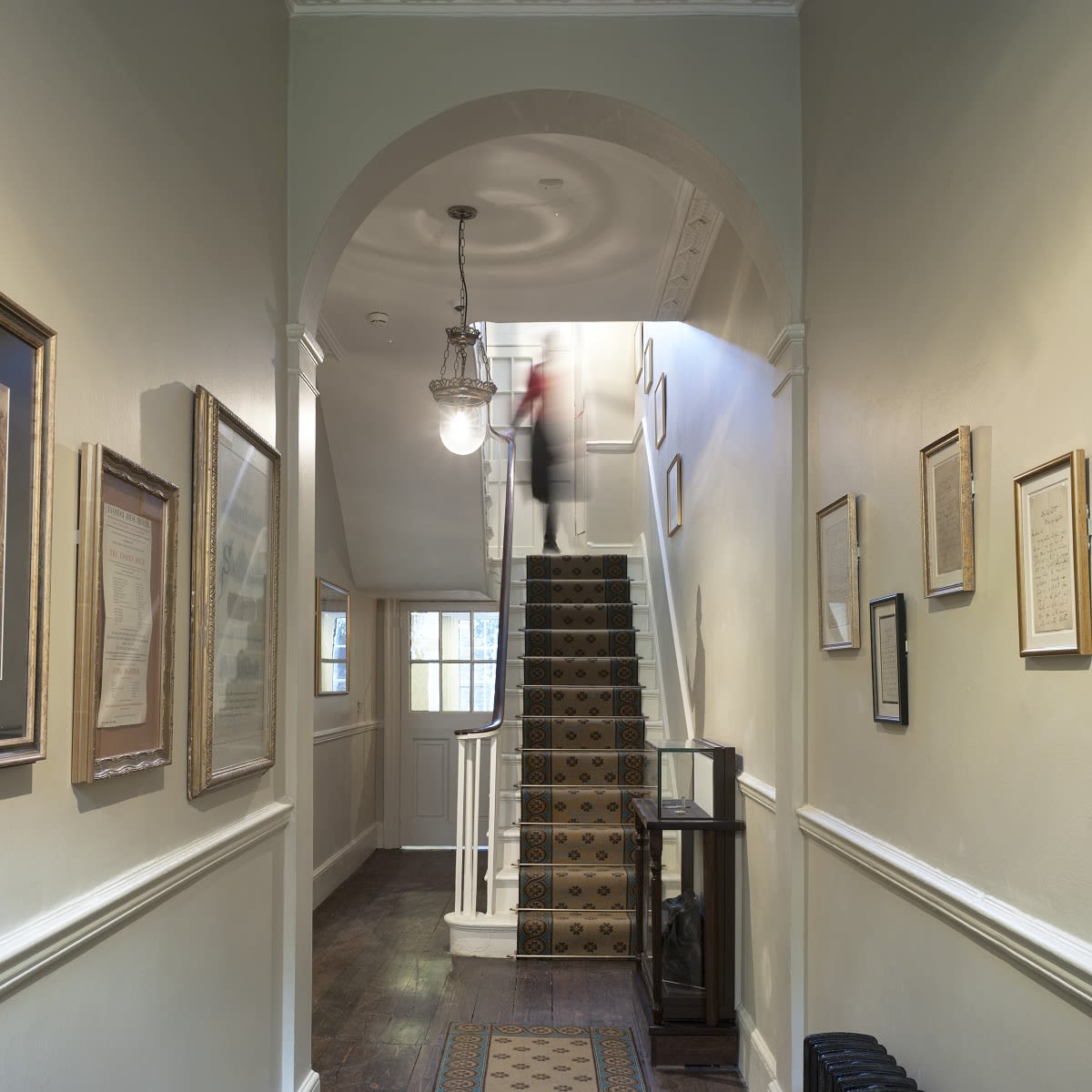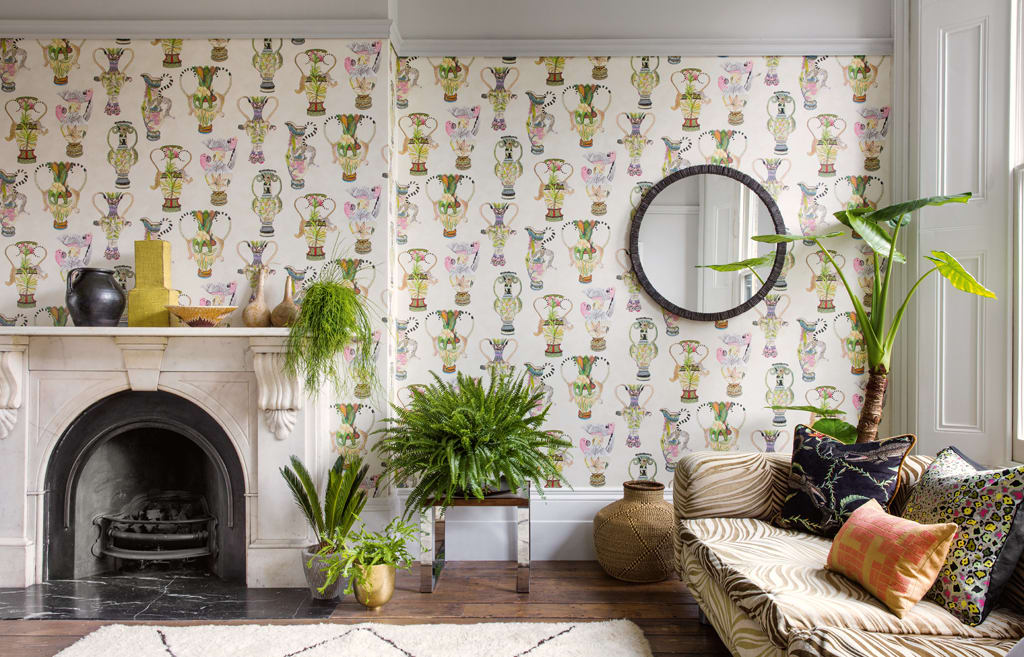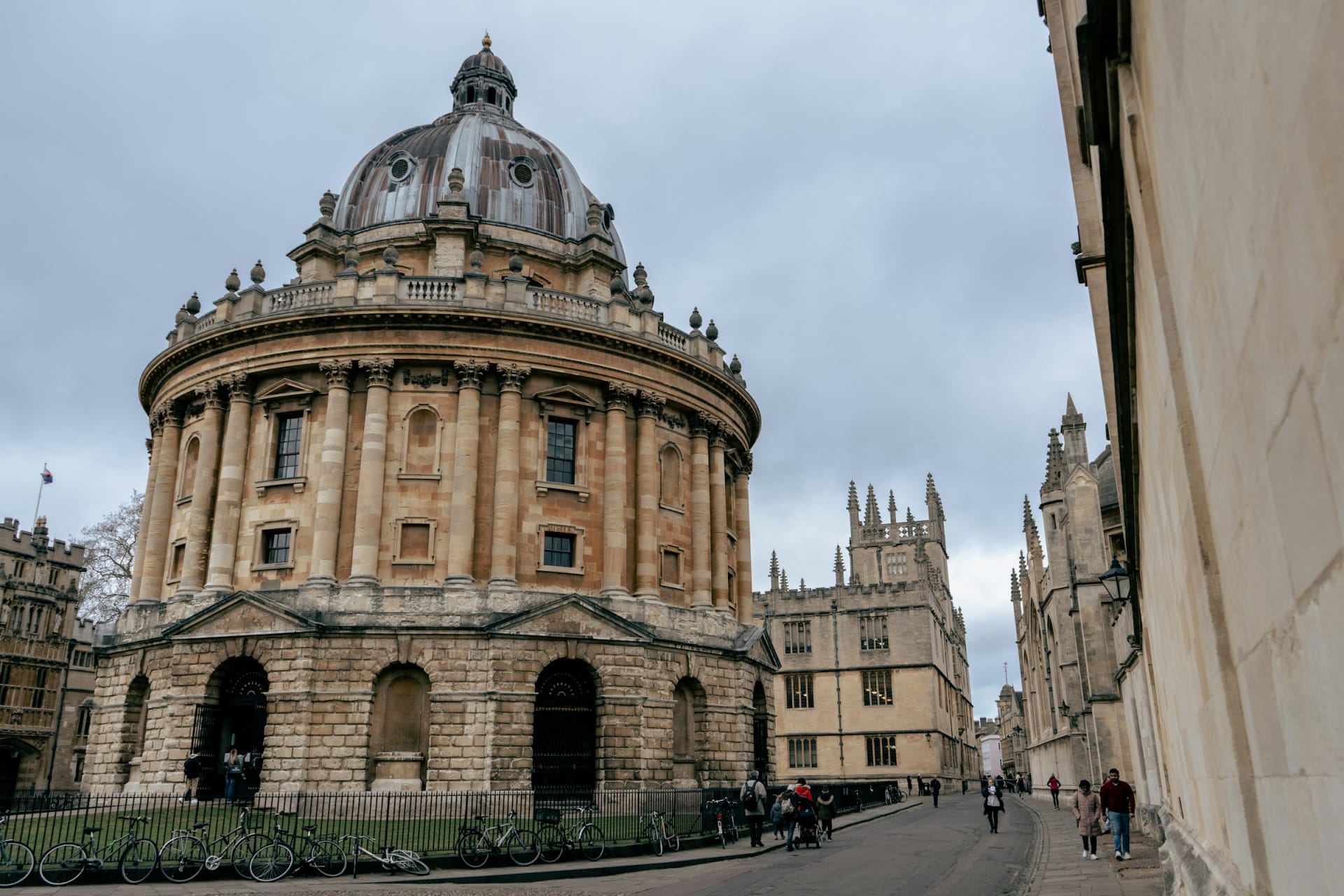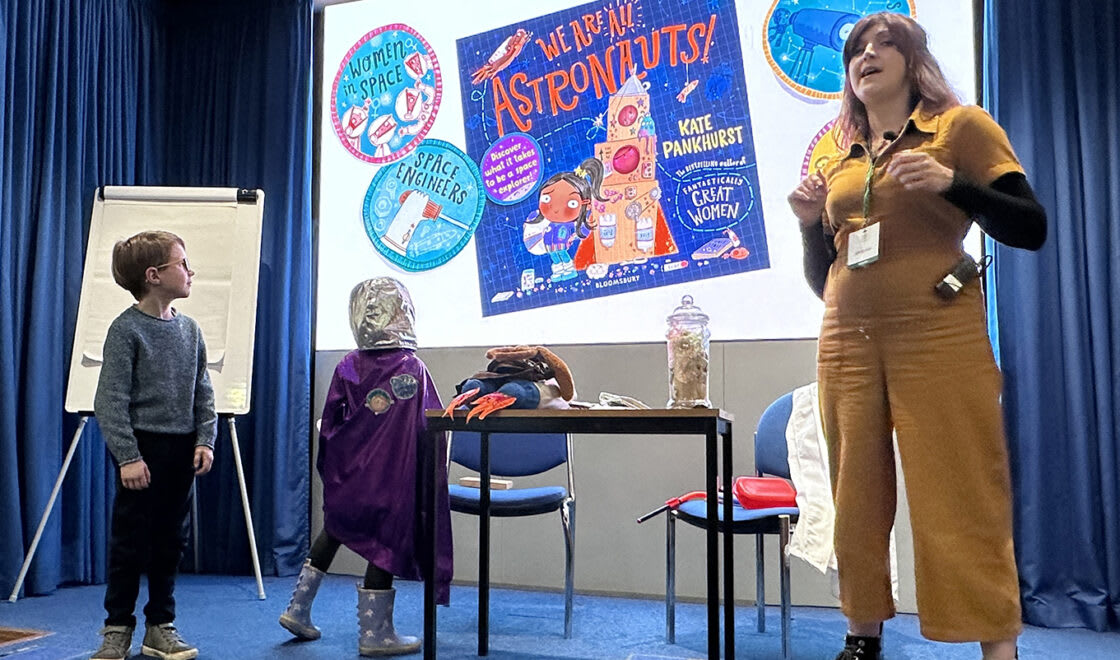From hats to lawnmowers, Britain’s speciality museums are going from strength to strength. With old industrial sites filling up with exhibitions of things like pens and coffins, as seen in Birmingham’s Jewellery Quarter, Lita Doolan shares the best places to spot the next big thing in small museums.
Boats
Whilst the National Maritime Museum at Greenwich is famous for its vast collection, smaller rustic nautical displays are well-kept secrets. The Brighton Fishing Museum runs along the old Fishing Quarter of Brighton and documents its coastal history. Following this trend in nearby Hastings, artefacts taken from ships destroyed in the English Channel are displayed in the Shipwreck Museum. On a similar track, boat builders whose work has allowed world champions to flourish have their work displayed on the banks of the River Thames, in Henley’s River and Rowing Museum.
Health
Found in the attic of an English Baroque church on St Thomas St, London, and worth the climb up the narrow staircase, the Old Operating Theatre Museum has the original timbers in place that were used to dry herbs for making patients’ medicines. Close by is an exhibition of traditional dispensing equipment, housed at the Royal Pharmaceutical Society Museum in East Smithfield. The British Dental Museum is found on nearby Wimpole St, and began when Lilian Lindsay, the first female to qualify as a dentist, donated her collection to the museum.
Writers’ Houses
Dylan Thomas’ Boathouse is where the poet lived in Laugharne and is now a museum dedicated to the writer. Jumping on this trend of turning author’s houses into specialist museums is the Charles Dickens Museum on Doughty Street in London. It is the house where he wrote Oliver Twist, The Pickwick Papers and Nicholas Nickleby. Dr Johnson’s House, on Gough Square in London, is where Samuel Johnson compiled his Dictionary of the English Language in the garret.
Artists’ Houses
Leading the way in museums that retain all of the atmosphere of an artist’s home is
Hogarth’s House in Chiswick. It displays some of Hogarth’s best-known engravings inside his former 18th-century abode. Sir John Soane’s Museum is in Holborn and it follows the same idea. The architect’s former house holds many drawings of Soane’s projects. Similarly, following the wishes of the artist, the Barbara Hepworth Museum in St Ives has Hepworth’s carving studio kept as much as it was before she died as possible.
Archaeology
The Undercroft in Guildford is a 13th-century semi-basement thought to have been a merchant’s shop. It’s a rare piece of archaeology maintained by Guildford Museum. In a similar vein, the Harwich Society restores the Napoleonic defences of Harwich Redoubt Fort and locally, Oxford Preservation Trust conserves Oxford Castle.
Historic Buildings as Galleries
On the site of London’s old Foundling Hospital is the Foundling Museum on Brunswick Square; it is Britain’s first public art gallery. Handel was a benefactor and his memorabilia is on display there along with a collection of tokens that mothers left with their abandoned babies so the children could be known thereafter.
Some of England’s best galleries are similarly found in historic settings, making visitors look again at art. For example, Kettle’s Yard in Cambridge began in a few old cottages; more recently the remains of two Roman wells were discovered there in the courtyard. In Chichester, 20th-century art is housed in the 18th-century Pallant House and in Bournemouth an eclectic art collection is displayed inside a seaside Victorian villa, now known as the Russell-Cotes Gallery.
Oral History
An opportunity to interact with social history is offered at St Fagans National Museum of History in Cardiff and Witney’s Cogges Manor Farm with period cookery demonstrations and a ‘do touch’ policy. Atmospheric period houses, such as the Georgian House Museum in Bristol, show how life was above and below stairs. The Weaver’s House in Coventry lets visitors experience the living conditions of a weaver in the 15th century. These settings offer a unique chance to hang out where history took place.
Childhood
Brighton Toy and Model Museum celebrates the Golden Age of toymaking with traditional puppet shows. Building on this, Oxford’s Story Museum encourages visitors to explore the act of storytelling further. Originally exhibited at the British Empire Exhibition, Queen Mary’s Dolls’ House is on show at Windsor Castle, and has sparked many of today’s ideas on displaying childhood paraphernalia.
Some museums may already be familiar from TV; the National Trust Museum of Childhood in Derbyshire is housed in Sudbury Hall which was used by the BBC to film Pride and Prejudice.
With expansion on the cards for many, such as Techniquest in Cardiff and the reopening of the Story Museum in spring, specialist museums are growing in size and number. With one out there to match every curiosity, the small museum is destined to go large.
